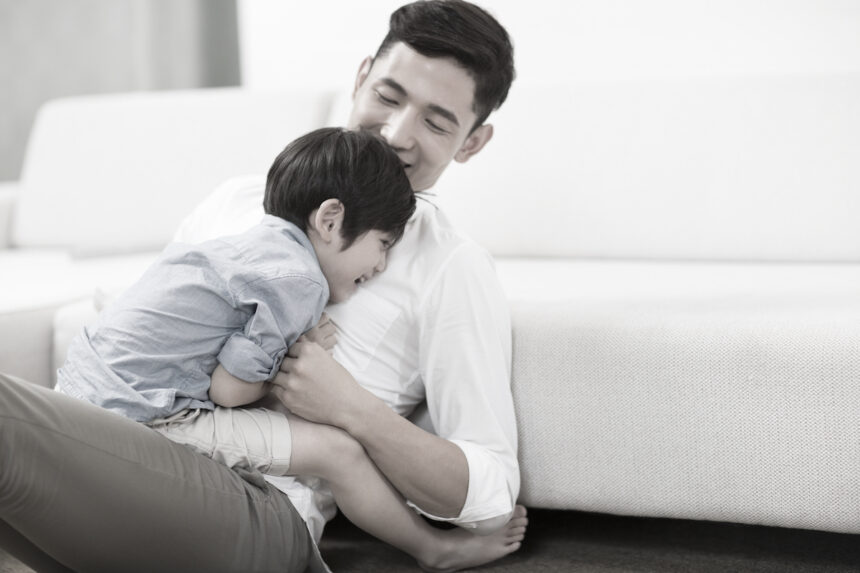Childhood trauma is something that a parent would try to avoid during and after their separation or divorce. However, the situation is often out of control especially for a father. It is every father’s rights to keep his child away from any possible childhood trauma. However, in too many legal battles, we are seeing fathers being detached from his kids. He has no choice but to leave his child(ren) to a parent/step-dad who might cause all forms of childhood trauma.
It’s a Fathers Right to know: How serious it can be?
A new study titled “Childhood trauma is associated with social anhedonia and brain gray matter volume differences in healthy subjects” was published amid a world suffering from higher divorce rates and mishandled divorce cases. The researchers found a strong link between childhood trauma and higher levels of “social anhedonia” – ones who experience little pleasure in social interactions with friends and family – a form of social indifferences and “coldness” towards people.
Previous researches have confirmed that childhood trauma results in a heightened risk factor for mental disorders like schizophrenia and depression. The negative impact is not only happening on the psychological aspect, but physically too. In fact, studies using fMRI have shown the victims of childhood trauma resulted in an unfortunate alteration in gray matter in the brain. compared to healthy individuals.
Violation of Fathers Rights: How it deprives a child’s rights to grow up healthy
For fathers rights, you have to know more about this – The research was published in Brain Imaging and Behavior. It tested the effects of childhood trauma (CT) on trait social anhedonia (SA) and on gray matter volume (GMV) and explored the possible relationships among CT, SA and brain GMV. The lab recruits 43 healthy individuals with experience of moderate-to-severe childhood trauma. It also recruits another 68 individuals with no or low childhood trauma. Social anhedonia was evaluated using the Revised Social Anhedonia Scale. GMV was measured using voxel-based morphometry. Participants with moderate-to-severe CT had elevated trait SA, as well as brain volumetric differences in left inferior parietal lobule (IPL), left precuneus, right insula, left superior temporal gyrus, and left middle occipital gyrus extending into middle temporal gyrus relative to participants with no or low level of CT.
Childhood trauma was also found to be positively correlated with GMV in right dorsolateral prefrontal cortex (DLPFC) and bilateral precuneus. Partial mediation effect of GMV in left IPL and right DLPFC on the relationship between CT and trait SA was significant. These findings suggest that CT may have effects on trait SA and on GMV of widespread brain regions. GMV differences in DLPFC and left IPL may mediate the effect of CT on trait SA, although this needs to be verified by future longitudinal studies.
The authors of the research paper are Jie Fan, Wanting Liu, Jie Xia, Feng Gao, Chuyi Meng, Yan Han, Huan Zhou Jinyao Yi, Changlian Tan, and Xiongzhao Zhu.


